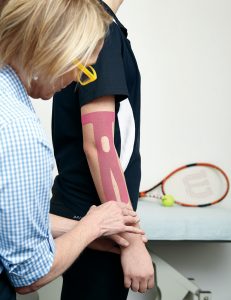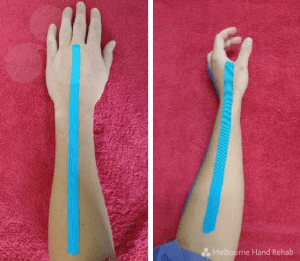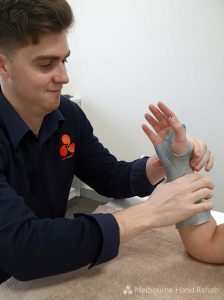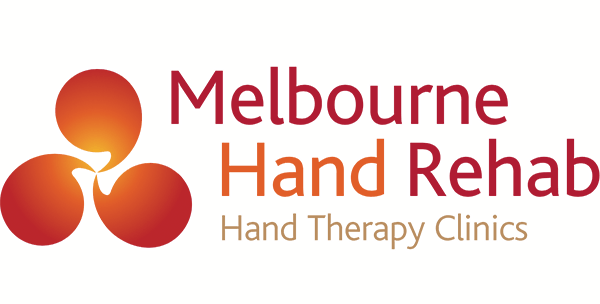
23 Jan Hand & wrist injuries in tennis players
Tennis is a thrilling sport that demands precision, agility, and relentless hand-eye coordination. However, the repetitive and forceful nature of the game can predispose players to hand and wrist injuries.
These injuries not only affect a player’s performance but can also have long-term consequences if not addressed promptly. Common hand & wrist injuries in tennis players include:
Tennis Elbow
Tennis elbow, or lateral epicondylitis, is a prevalent injury among tennis players. It occurs when the outer part of the elbow becomes inflamed due to overuse of the forearm muscles and tendons. The constant backhand strokes and improper technique contribute significantly to the development of tennis elbow.

Prevention and treatment:
Players can prevent tennis elbow by incorporating proper stroke mechanics, warming up adequately, and using equipment that suits their playing style.
Treatment for tennis elbow by your hand therapist may involve:
- Education about the condition
- Splinting
- Taping
- Movement and massage of the affected area
- A graduated exercise program to strengthen the affected muscles and promote healing
- Advice on activity modification to reduce the problem, such as loosening your grip on your racket

Wrist Tendinopathy
The rapid and forceful movements involved in tennis can lead to inflammation of the wrist tendons, known as wrist tendinopathy (previously known as tendonitis). This condition causes pain, swelling, and a limited range of motion in the affected wrist.

Prevention and treatment:
To prevent wrist tendinopathy, players should focus on maintaining proper technique, using the correct grip size, and incorporating wrist-strengthening exercises into their training routine.
Treatment for tendinopathy by your hand therapist may involve:
- Education and advice on load management
- Splinting or taping to rest the area – a custom-made splint will be made by your hand therapy practitioner at the initial appointment
- Massage, dry needling or ice
- A graduated exercise program
- A schedule for return to sport

Carpal Tunnel Syndrome
Carpal tunnel syndrome can affect tennis players due to repetitive wrist movements and gripping. The median nerve, which runs through the carpal tunnel in the wrist, becomes compressed, leading to numbness, tingling, and weakness in the hand.

The neutral wrist
Prevention and treatment:
Proper ergonomic considerations, wrist stretches, and regular breaks during play can help prevent carpal tunnel syndrome.
Treatment for carpal tunnel by your hand therapist may involve:
- Wrist splint in a neutral wrist position
- Education around which wrist positions to avoid during treatment
- Tendon gliding exercises
- Nerve gliding and sliding movements
- Ergonomic evaluation and advice in occupational situations
- Surgery may be suggested if conservative treatments don’t work

For tennis players, hand and wrist injuries can be significant obstacles to their performance and overall well-being. Prevention through proper technique, equipment choices, and conditioning is crucial.
Early recognition of symptoms, accurate assessment and timely intervention can make a substantial difference in minimising the impact of these injuries, ensuring players continue to enjoy the game they love while safeguarding their hand and wrist health.
Alex is an Occupational Therapist and Practitioner in Hand Therapy at our Boronia clinic. Alex has a passion for providing a client centred, strength-based approach to practice to help his patients overcome their physical limitations and return to the activities they value.
If you are experiencing finger, hand or wrist pain, don’t hesitate to get in touch. We’d love to help you.
BOOK AN APPOINTMENT
For more information, call us directly on 03 9458 5166



